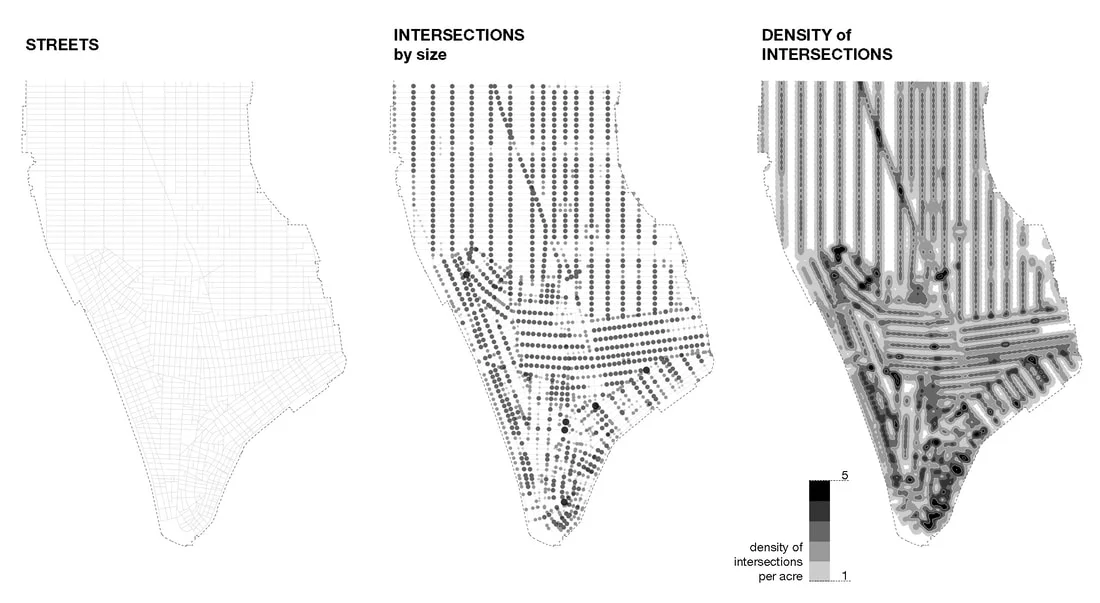World War I Preparedness and the Militarization of the NYPD
By Matthew Guariglia
As the rest of the world continues to ruminate on the 100-year anniversary of the armistice that ended World War I, New Yorkers also must grapple with the lasting impact the “Great War” had on their city. In the years leading up to, during, and following the United States’ 1917 entrance into the war, “preparedness” became the watchword that signaled New York’s increasing awareness of its connection to the world and the conflicts happening beyond the harbor. From food rationing to drafting soldiers, preparedness and all it involved included a full-scale reorganization of American society, including the New York City Police Department.
Read More








